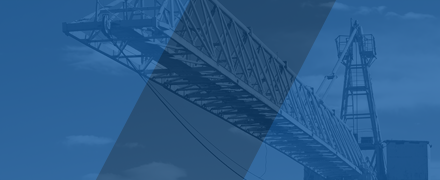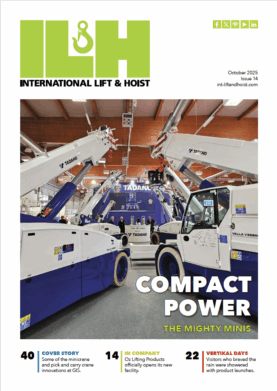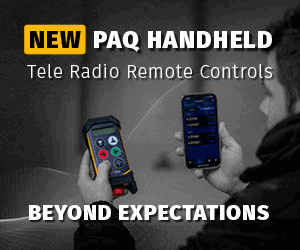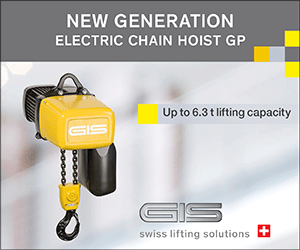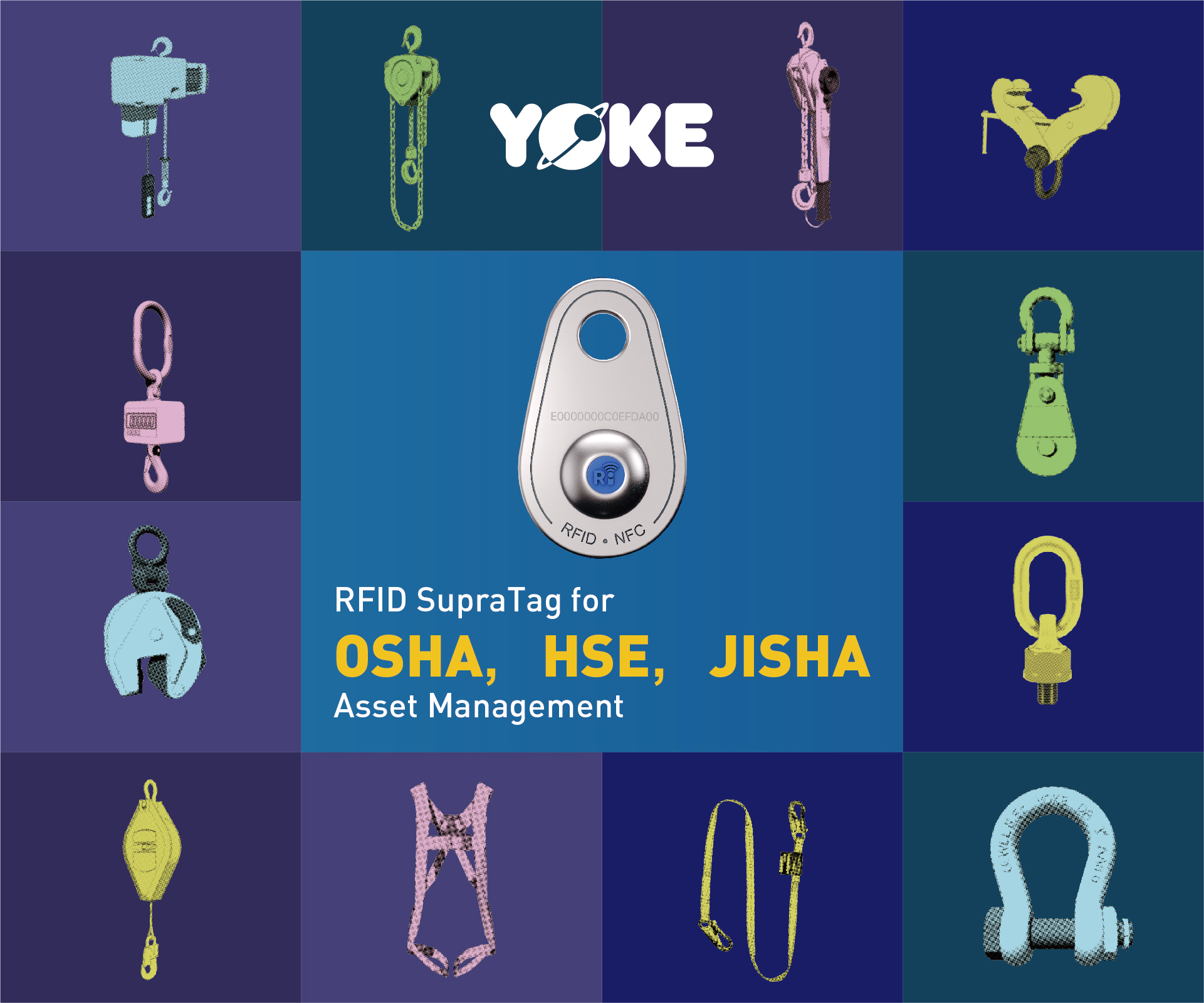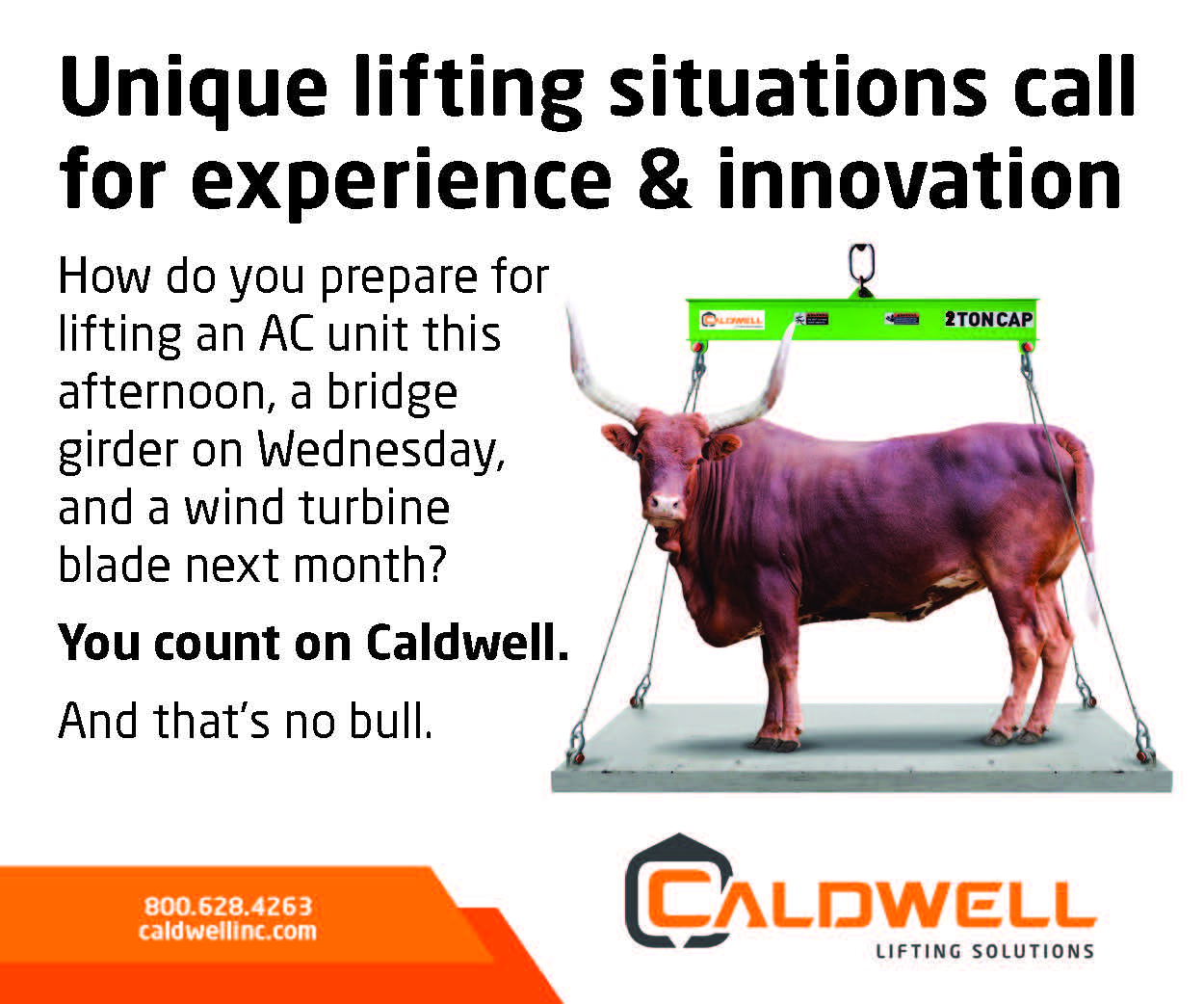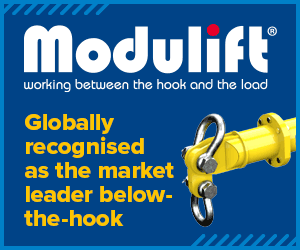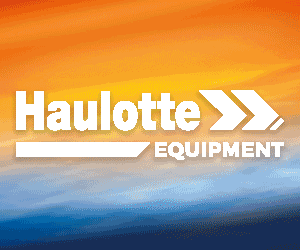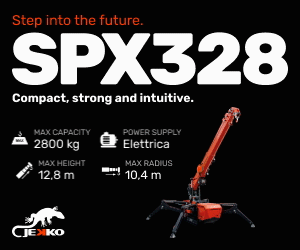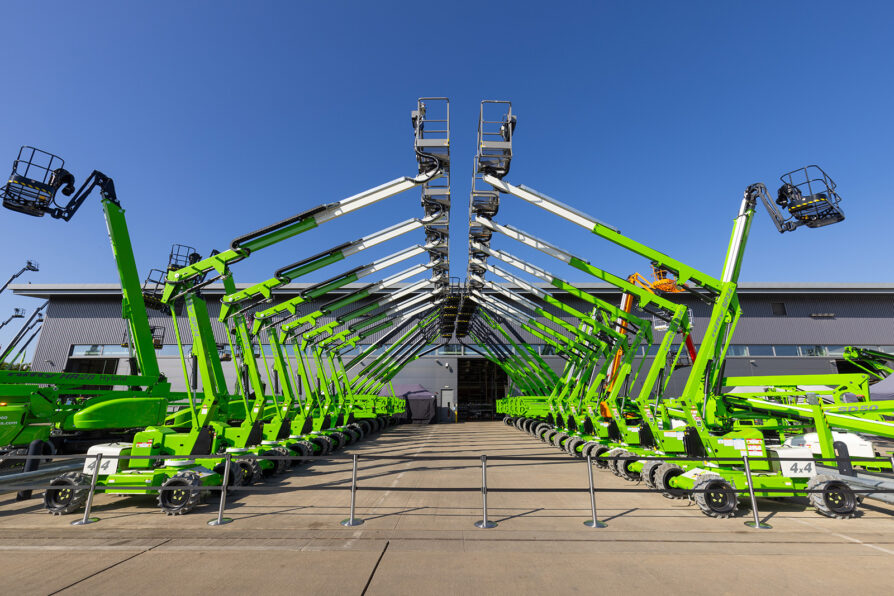)
Nifty shades of green
Niftylift marked its 40th anniversary by unveiling updated products – and a new colour scheme. Dan Jenkins joined the celebrations.
From building trailer-mounted booms in a garden shed, Niftylift has grown to become a major producer and exporter of lightweight self-propelled booms. Today, about 70% of its total production is exported, with 40% going to the USA.
The company marked its 40th anniversary by opening the doors of its headquarters in Milton Keynes, welcoming suppliers, distributors, rental companies – and journalists. They were the first to see two new variants of the popular Nifty HR12, painted in the company’s new colour scheme.
New products
Niftylift previewed two new products at its Shenley Wood factory in May, mark III versions of both its all-electric and bi-energy booms.
The HR12NE mk3 is the third generation of the company’s narrow all-electric 12m boom. This features the new control system being rolled out across the range, offering a touchscreen on both the upper and ground controls, plus onboard diagnostics.
“This is our next level control system, from PLC to software through to user interface,” said Tom Hadden, technical sales manager. “The operator touchscreen is now much more like the driver interface you see on a car’s dashboard.”
The new bi-energy machine is internally called the HR12 NDE mk3 – but this might change for its official launch. “We are pushing the boundaries for what we can achieve with a bi-energy machine,” said Tom. “It still has a small diesel engine and an electric motor, but now also offers electric drive.
“Effectively it is an NE model with a diesel range extender. It has the same battery performance as the NE, meaning based on our SDC cycle tests it can run for five days on a single charge.”
The NDE also features the new control system and both models have increased safe working load over the mk2 versions. “They previously had a 200kg platform capacity,” said Tom. “We have increased that to 225kg or about 500lbs for the North American market.”
Apart from the new control system and increased payload, the boom configuration and performance remain the same as the mk2 machines, as do the components.
They join the HR12 4×4 mk2, which was unveiled at Bauma. This adds a hybrid version to the range, incorporating the company’s second-generation hybrid drivetrain. All three are available to buy now.
“We have been taking orders this week for delivery at the end of the summer in the UK and everywhere else shortly afterwards,” said Tom.
New colours
The company displayed the machines in an updated colour scheme. Niftylift is known for its distinctive green and this is staying the same. However, the complementary colours of white booms and canopies as well as grey platform baskets have gone. They are now in black, which Niftylift says both refreshes the brand and offers cost savings.
“These are the very first machines in the new colour scheme,” said Simon Maher, marketing manager. “We trialled it when we launched our intelligent self-propelled machines and really liked it, so we are rolling it out across the entire range.
“It is a competitive marketplace, and we are trying to be as competitive on price as possible, so wherever we can save costs, we can pass that on.”
In the 90s and early 2000s, most machines left Niftylift’s factories painted in rental company colours, However, that has become the minority today. “As brand awareness has grown, people now prefer the Nifty green,” added Simon. “Similarly, for residual values it is better to be in our colours as it won’t necessarily be worth the same in a different scheme.”
Future fuels
Machine sales are now primarily hybrid, although demand is growing for electric. “The USA is now transitioning to hybrid while Europe moves to electric,” said Simon. “There is still a place for diesel, and ours are Stage 5 or Tier IV compliant, so no additional exhaust filtration is required. They are also HVO compatible.”
Niftylift also hinted at the next machine in the HR12 range – a hydrogen fuel cell version. The company already produces the HR17 H2E, a 17m model. “We do have an option we are exploring for the HR12,” said Tom.
In the UK, Speedy Hire is coming into the third year of its exclusive supply agreement for the HR17 H2E. However, outside of the UK it is freely available. “We are taking more orders from Germany and the Netherlands at the moment,” said Tom. “We also have a machine in the UAE. Post-Bauma the machine is going on a roadshow throughout Germany, which will be a major producer of hydrogen.”
At the end of the project, Speedy will have more than 250 units. “The support we have had from Speedy has enabled us to further explore hydrogen,” said Tom. “We are looking at opportunities for the HR12 and 21.”
The project has also helped Niftylift to gather operational data via its Niftylink telematics platform. “Utilisation and usage patterns are pretty much set in stone for telehandlers, diggers and dumpers,” said Tom. “That is not the case for MEWPs, they do not tend to have ‘normal’ days of work. You don’t know if it is going to be on a construction site or a film set. You have to build a product that can do both – and more.”
Regional changes
Niftylift is noting several changes in buying habits from different global regions. “In Australia we are seeing an increasing number of our latest generation machines out there,” said Tom. “There is more appetite for features like digital controls, onboard diagnostics and telematics.”
For North America, it is about navigating tariffs, which creates additional challenges around spare parts. “OEM spare parts are covered by the steel derivative tariff,” said Tom. “Every manufacturer who exports to the US has been affected. But we have been exporting to the USA for many years and have a lot of experience in getting things done out there.
Like all exporters, the company pays a five percent import tax in the Middle East, which is a rapidly growing market. “The GCC is the largest single construction market in the world – especially due to the giga projects in Saudi Arabia,” said Tom. “Although there is some strong competition, we have seen more call for our products because we offer something slightly different – low weight, compact booms available in hybrid and electric.
“We are sending more machines to major rental companies out there but are also now supplying FM companies who place our booms in airports and shopping malls, like the HR15 hybrids in Dubai airport, for example.”
40 years of growth
1985: Niftylift is founded by Roger Bowden. The first product is the Nifty 120 towable boom, which is still in production today.
1995: Niftylift Inc. is established to import machines into the USA.
2005: Niftylift Inc. opens its first parts and service facility, in South Carolina.
2006: In the UK, the company establishes its own steel fabrication facility in South Yorkshire.
2007: The first hybrid machine is launched as the HR21 diesel/electric bi-energy.
2009: The company pioneers protection from overhead crushing with its Sustained Involuntary Operation Prevention System (SiOPS®), which wins an IPAF safety award.
2013: Niftylift wins two Queen’s Awards for Enterprise, for international trade and innovation.
2014: First mainland Europe sales and service centre opens in Germany
2015: The new factory and global headquarters at Shenley Wood opens.
2019: Niftylift becomes the first company to win two Queen’s Awards twice.
2021: New European distribution hub and service facility opens in the Netherlands
2024: Niftylift wins a King’s Award for Enterprise


